Extract from: G. Chick (ed.), Acute and Chronic Finger Injuries in Ball Sports, 1 Sports and Traumatology, DOI 10.1007/978-2-8178-0382-1_1, © Springer-Verlag France 2013 (emphasis added in the text)
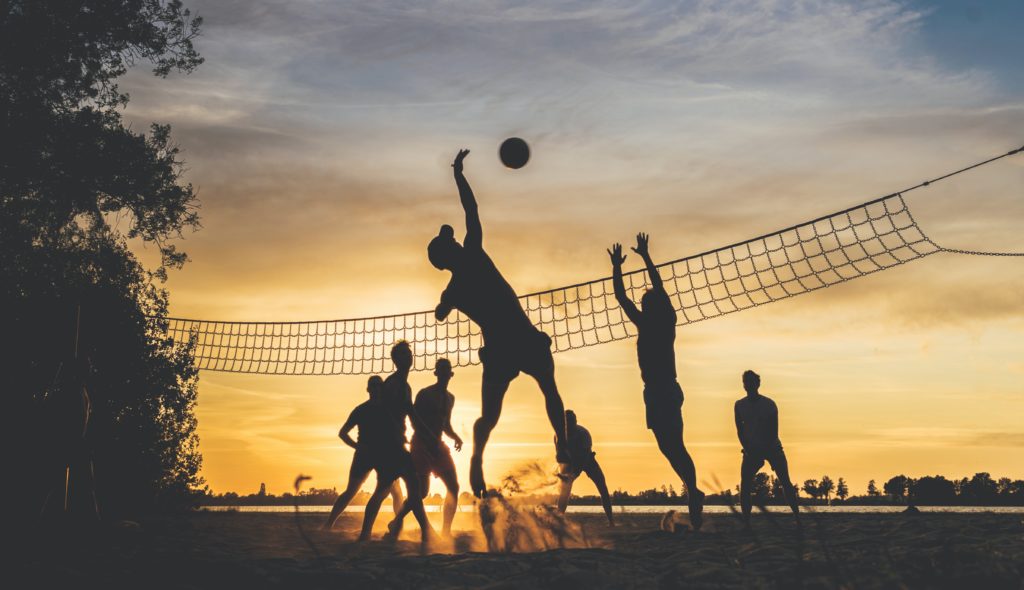
Key Points
Fingers are used in different ways depending on the type of sport: The roles of some fingers are very important in the realisation of technical moves:
- In basketball: index and middle finger
- In football: thumb and index finger
- In handball: thumb and little finger
- In volleyball: thumb, index and middle finger
Technical Moves
There are numerous technical movements in volleyball. Since all players move around and multitask, they all have great volleyball skills. Prolonged contact with the ball is prohibited in volleyball (only team sport having this characteristic). The risk of injury is lower than in other ball sports, probably because there is no contact with the opposing team (players are separated by the net). Injuries occur most often during blocks when the fingers are extended. Some players put on a strap to sustain an injury or to improve their strikes by increasing the stiffness of the fingers. The thumb (radial collateral ligament) and pinkie fingers are most vulnerable. The most inexperienced players are often injured on the fingers, even though the applied forces are smaller: The reason is a bad positioning of the fingers from the hand or a lack of synchronisation when blocking or during other defensive phases.
- The serve: The player must stand behind the end line of the court and hit the ball with one hand so that it falls back inside the opponent’s court. Prior to the shot, the ball must be thrown or dropped. The player is allowed to throw the ball, jump and smash the ball (smashed serve). The player’s feet must remain outside the court when he hits the ball.
- The pass: The team receiving the ball is entitled to three touches before they have to throw it back. Blocks do not count as one touch in this case. The pass is the most basic volleyball skill. Since the latter has proved to be the most precise technique for passing the ball, it is increasingly used, especially for receiving float serves (Smashed or not).
- The spike: The spike is an attacking technical movement and very particular to volleyball. It can be carried out by the fronts or the backs (jump at 3-m line). The player hits the ball during a jump, so as to have as much power as possible.
- There are different types of attacks:
- A powerful attack, which seeks to force the blocks via a strong spike and prevents any recovery from the defence thereof. It can also cause a block-out: The hands of the blocker cannot counter the strength of the shot and deflects the ball off court.
- A dink consists of faking a powerful spike to surprise the defence with a precise drop ball or a lob over the blocks (the ball is pushed with three fingers).
- A line or cross-court shot aims at the lines of the court so that the defence is unable to bring the ball back.
- The block: A block is most often made of two or three players, and it aims at blocking a spike so that the ball rebounds back in the attacking side’s court. Nevertheless, the ball can also rebound into the defence and used to reorganise an offensive move (Fig. 1.22).
- Forearm pass or bump: This movement is used when the ball is low and fast (reception of a serve or a spike in defence). The bump is used to give the ball to the passer.
- The pancake consists of a dive to retrieve the ball from touching the ground by a quick hand movement.
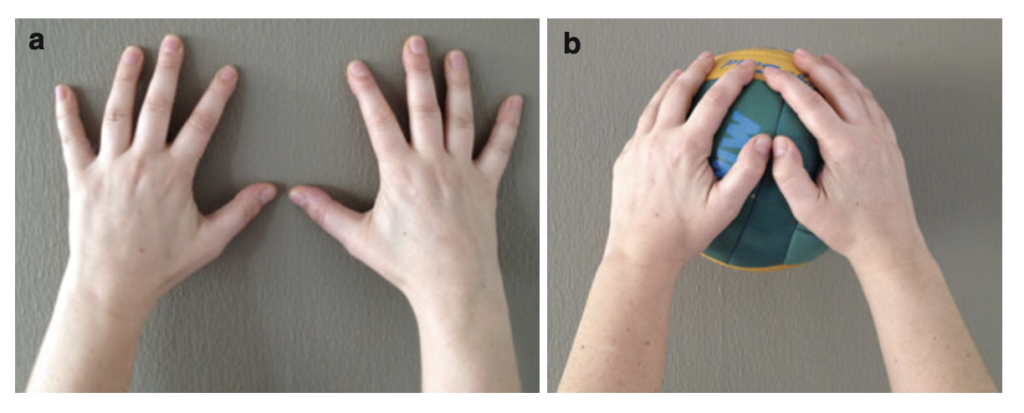
The Contact with the Hand
A pass is a technical movement in volleyball, which consists of touching the ball over the forehead, with the pulp of the fingers of both hands spread out over the ball. The first three fingers have a key role (Fig. 1.23). The movement of the arms is essentially useful to absorb the ball and handle it better to have a greater precision
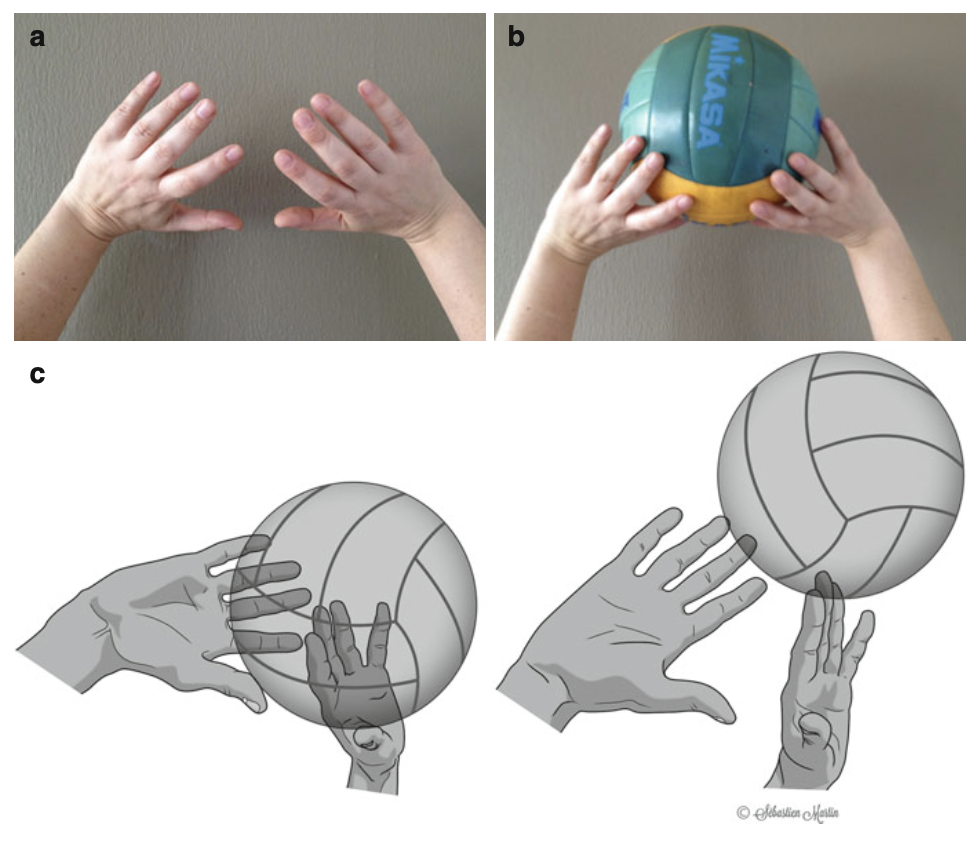
during the pass. The push on the legs during contact with the ball will determine the strength of the pass [3].
- The forearm pass: The ball is in contact with the inferior quarter of the forearm (Fig. 1.24); the elbows are in extension, positioned at a lower level than the shoulders, in front of the chest. The angle between the arms and the chest widens depending on the distance between the ball and the player. The legs give stability and determine the strength of the pass.
- The spike and the jump serve:
- When a player spikes the ball, his hand moves at a speed of 72 km/h and can reach up to 150 km/h at the professional level [2].
- During the serve, the toss of the ball should be about 2 ft above the head and directly in line with the hitting arm of the player. The contact with the ball is made with the palm of the hand, and the fingers should be spread out and not touching the ball (Fig. 1.25). The positioning enables the wrist to keep rigid and avoid the ball spinning over itself.
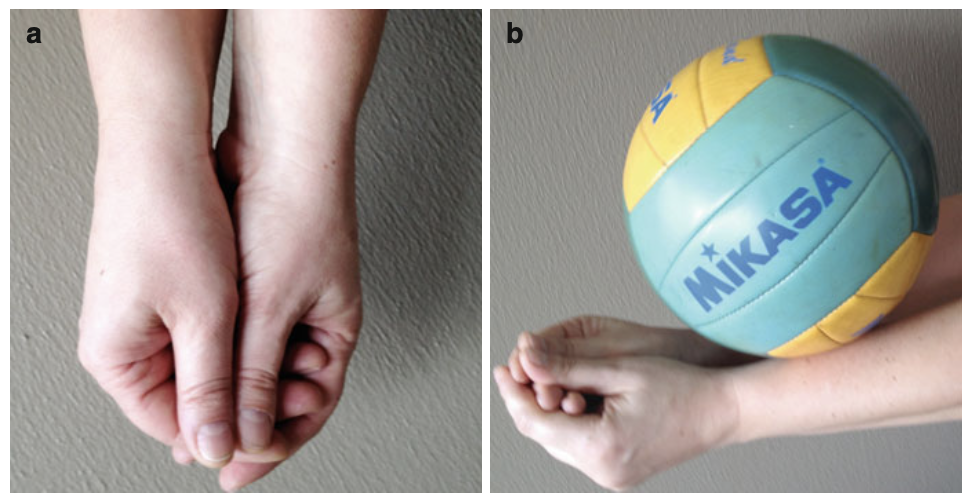
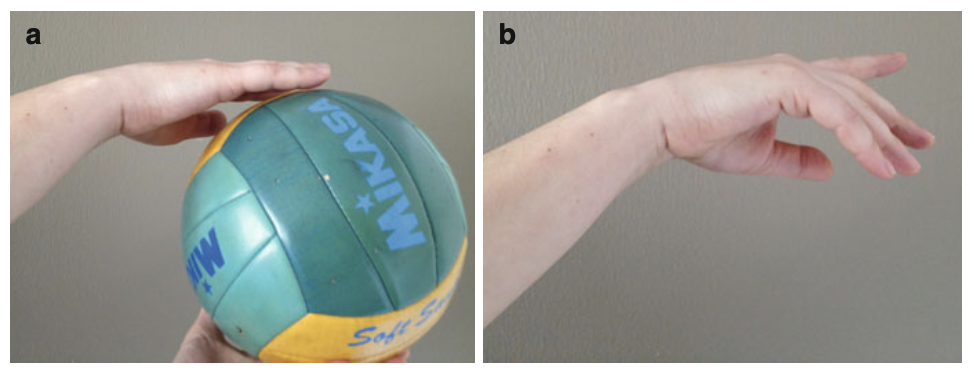
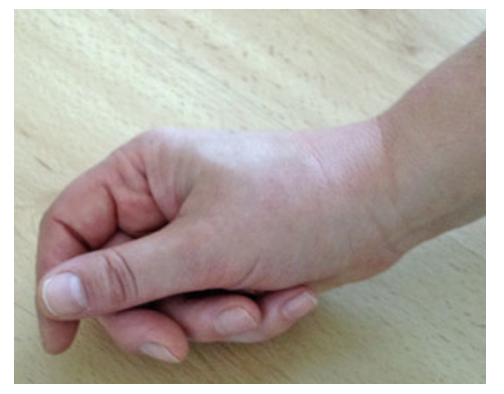
The pancake. The palm is stuck to the ground, underneath the ball before it rebounds (Fig. 1.26).
[3] Reeser JC, Bahr R (eds) (2003) Volleyball: handbook of sports medicine and science. Blackwell Science, Madlen
[2] Bhairo NH, Nijsten MWN, Van Dalen KC, Ten Duis HJ (1992) Hand injuries in volley-ball. Int J Sports Med 13(4):351–354
Published in July 2013 by Springer Verlag (860p, 450 drawings), the book “Acute and Chronic Finger Injuries in Ball Sports” is available on Amazon.com

 English
English